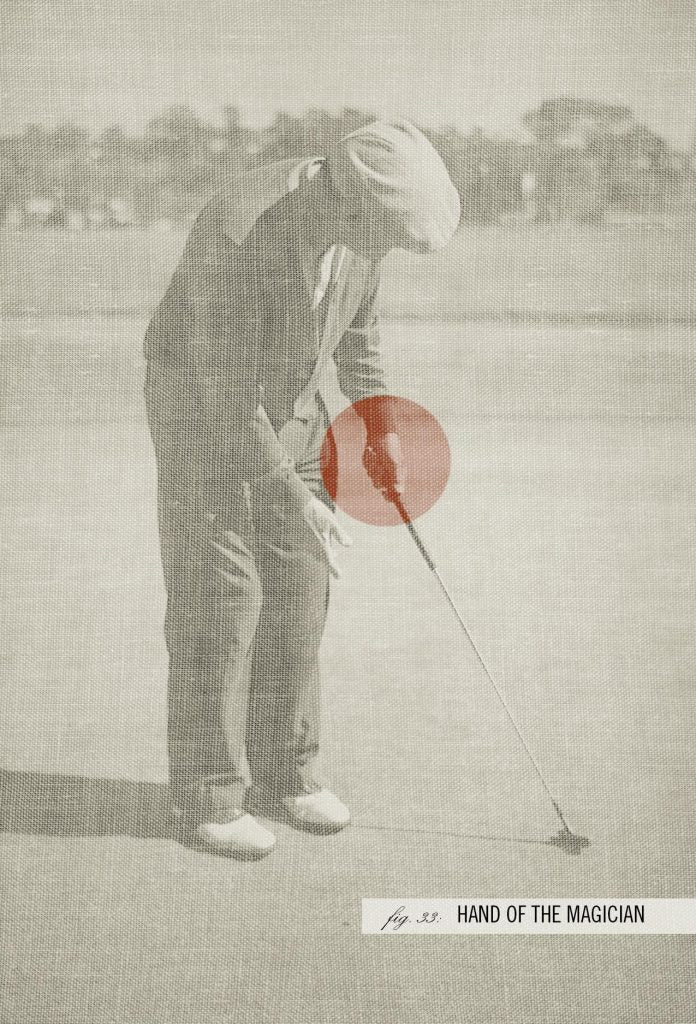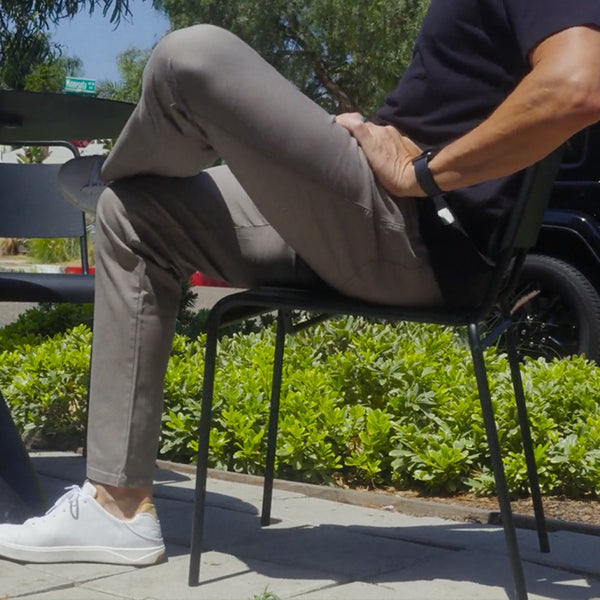"You drive for show, but putt for dough." - Locke | Photo: Ed Lacey
Editor's Note: To say Professor Peter Beames knows a lot about golf would be a massive understatement. His love for the game and profound understanding of its ins and outs is largely the result of playing with and befriending some of the most distinguished and decorated athletes in golf history, many of whom imparted priceless knowledge of the game. Among the legends he's had the privilege of knowing, Bobby Locke—4-time British Open champion and who many consider the best putter who ever lived—was among the most influential in the Professor's life. Here are five putting secrets Bobby shared with Peter.
Early in my career, I realized there was far more to putting than actually striking the ball. And nobody devoted more time, thought, and practice to this particular side of the game than Bobby Locke. There aren't many people alive today who have had the honor of playing with him, let alone receive advice from him. And as Gary Player once said to me, "He was the best I ever saw until Tiger. But how he putted on the greens was something you had to see to believe." Many years ago, I had the opportunity to play with Bobby Locke at ERPM Golf Course in Boksburg, South Africa. "Maaastah," he said to me in his clipped South African accent. "You'll never become a great putter until you..." These were his findings:
1.
Holding. The putter is held in the fingers with both thumbs on top of the handle. A light hold, no tension.

2.
Inspecting the line. Perhaps the very cornerstone of Bobby's putting success was due to the fact that he made all his putts "straight," no matter how much break there was. He worked out the point where he thought the ball would start to break and that was his target. After putting straight to the breaking point, all he had to worry about was getting the pace right.
3.
The putt. Bobby's weight, if anything, favored his left side. His feet were about four inches apart with the right foot pulled slightly back from the line and the ball positioned off the left toe. This allowed the putter to be brought back inside, thus stopping a "cutting" action. Smoothly, with the head completely still and like the beat of a metronome, the stroke would go back and through like a pendulum.
Bobby would often keep the putter low and intentionally "hood" the face of the putter, hitting down on it and nearly taking a divot, especially on shorter putts. On longer putts he would slightly hit up on the ball to ensure a true roll end-over-end. On a downhill putt he would tend to address the ball more towards the toe and aim a few inches short of the hole. Uphill, he addressed the ball more toward the heel and hit it firm to the back of the hole.
4.
Follow through. Following contact, the club and arms will follow through and out in front of the body towards the target. With repetition this technique will provide more consistency and far greater distance control.

5.
Practice and positive affirmations.
Practice and supplying the mind with positive affirmations are imperative to successful putting: "I can do this. I have done this. I will do this." Working on the fundamentals that help you be the very best and believing in your performance is everything. Aside from the right hold and correct mechanics, the best putters believe they are the best. In turn, the worst putters know they are bad. "Always have dinner with good putters," Bobby once said. "They always talk about holing putts, never their misses."
(Check out our latest Linksoul x Kronos collaboration, inspired by
Bobby Locke's Open Championship winning putter.)









Leave a comment (all fields required)